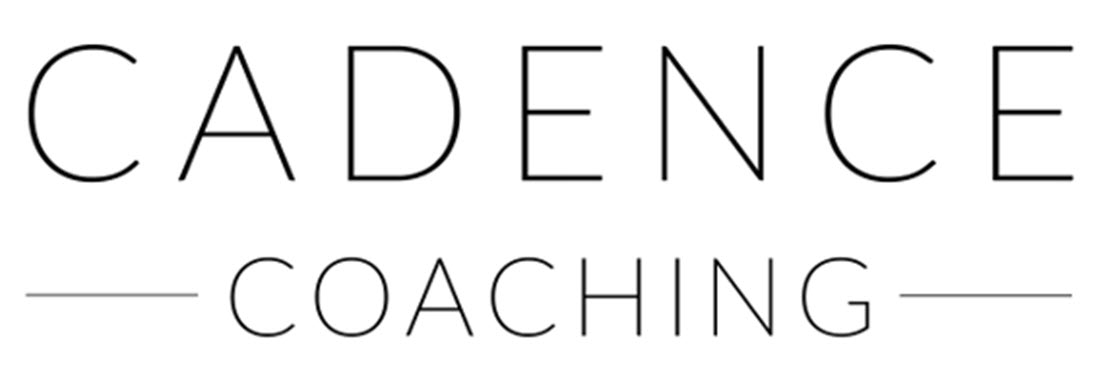This email from a Cadence Client pops up in my early morning check-in: “I found my new brave. My old brave was getting on anything, hell or high water, and making it right. My new brave is about smart, about seeing problems in advance, about getting on and only walking a few steps before knowing it isn’t right, dismounting, and not giving a fuck what anyone thinks.”
Boom.
We have a deeply seated ethic in our horse world that is rooted in good intentions but reflects an outdated understanding of fear and how to overcome it. “Get back on the horse” has become a culturally ingrained prescription for immediately confronting a failure and trying again. When applied to adversities in life, it is a solid metaphor. It provides us with an inspired philosophy for handling setbacks. A “get back on the horse” mindset is grit-inducing and can give us the shot of badass bravery we need to do hard things.
When we take it literally, however, and apply it indiscriminately to riding, it can actually slow our ability to recover from falls or setbacks in the saddle. The theory that immediate and repeated exposure to something scary will re-acclimate us to it, represents “old brave”. Old brave is mental. We tell ourselves we are not afraid, that there is nothing to be afraid of, and that our fear is not legit. Our well-meaning and supportive trainers echo this. They encourage us to get back on. They tell us there is nothing to fear, that our horse is fine. Keep doing the scary thing so you can “prove” to yourself you can do it! Then self-judgment kicks in. If there is nothing to be afraid of, why do I still feel fear? Judgment acts like a lid on a pot of boiling water- it causes fear to intensify.
Old Brave is not all wrong. There’s a time and a place for challenging your comfort zone. We all need some butt-kicking encouragement now and again. But old brave just doesn’t work well when we take into account the fact that we are small fight-or-flight animals sitting on relatively large, unpredictable ones. The human nervous system is in charge of keeping us safe and it does not give up easily. Once your nervous system has identified a particular stimulus as a threat, it doesn’t always listen when your pre-frontal cortex explains that it is overreacting; that it’s time to give up the fear. If we continue to “push” past the guard rails and warning signs that our nervous system puts up to keep us safe, we risk actually increasing the intensity of those signs and exacerbating the fear we are so desperately trying to overcome.
Mostly, in life, we humans avoid the discomfort of fear. We’re generally content to avoid situations in which we might crash, fall, or lose control. This is where I contend that equestrians, as a whole, differ from the general population. Driven by our love for the horse and our passion for our sport, we tend to fight headlong into fear instead of avoiding it. We confront fear relentlessly so that we may continue to pursue our dreams. Much of what we desire lies on the other side of fear. Yes- we attempt to mitigate danger in everything we do with our beloved beasts, but our nervous systems are often more finely tuned to danger than we are aware. We need to approach fear more strategically than an “Old Brave, get back in the tack” methodology would have us believe. Often, we are so conditioned to challenge our own fear response that we have a tendency toward a knee-jerk reaction- our Inner Critic voice can be loud. “Do it anyway. Be brave. Your fear is irrational. Prove you can do it. No one else is afraid.”
New Brave is strategic. It takes into account the neuroscience we now have available to us that helps us understand how fear actually works. I like to compare our autonomic nervous system to a young horse. It is wary, a little flighty- anxious. Would you take a nervous, young horse down to the scary end of the arena and flog it until it learns there was nothing to be afraid of? Hopefully, not. And yet, this is what we do to our own, sensitive nervous systems when we try to “push” through fear and get back in the saddle without a strategy.
New Brave is about making decisions that protect your confidence.
New Brave is about choosing your horse’s well-being and development over your own need to prove something to yourself or others.
New Brave is about saying YES to your own path and NO to what others think you should be doing.
New Brave is about slowing down in order o speed up- about gradually increasing the capacity of your nervous system to handle stimuli rather than bombarding it with unfair expectations.
New Brave is choosing to lunge instead of ride on a windy day.
New Brave is asking for a little more time or lowering the fence.
New Brave is about trusting your instincts and not riding certain horses or on some days.
New Brave is knowing you can “pause for purpose” and give your nervous system a breather when you need to.
New Brave is listening to what brings you joy and doing THAT.
New Brave is strategic. It keeps you in charge instead of letting your fear run the show. No matter what anyone else thinks- even you.
